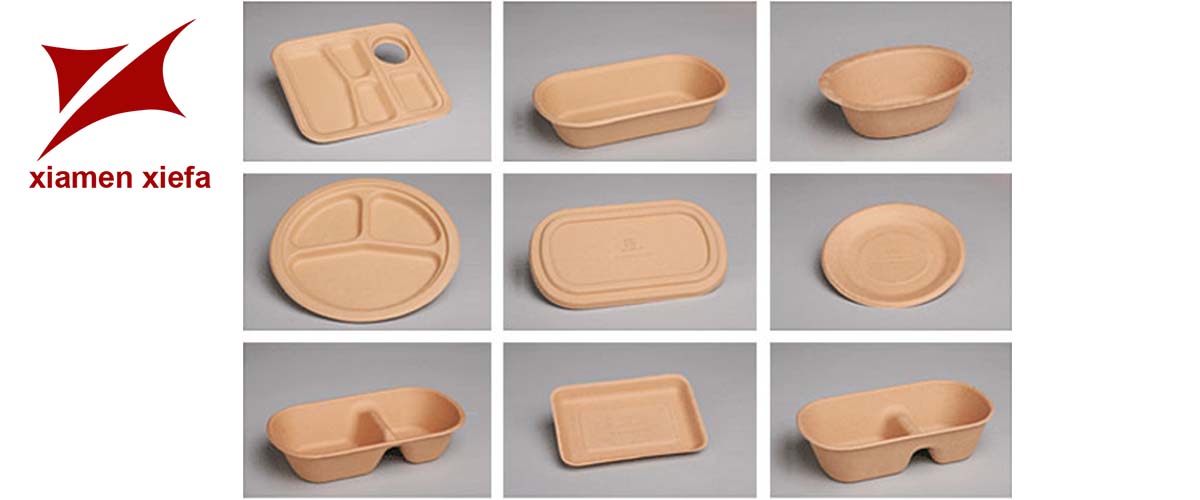
Introduction
In the face of global environmental challenges, sustainability and eco-friendliness have become more critical than ever. One of the areas where the need for eco-friendly alternatives is urgent is in food packaging and tableware. The biodegradable food plate is one such alternative that has gained popularity due to its sustainability, durability, and convenience. In this article, we explore the benefits of using biodegradable food plates, their production process, and their various applications.
What is a Biodegradable Food Plate?
A biodegradable food plate is a type of food packaging and tableware that is designed to decompose naturally after use. Unlike traditional plastic and paper plates that take hundreds of years to break down, biodegradable food plates break down within a few months, reducing the amount of waste generated and conserving resources.
Benefits of Using Biodegradable Food Plates
- Sustainability
Biodegradable food plates are made from sustainable and renewable resources such as sugarcane, cornstarch, and bamboo. They can be composted or recycled after use, reducing waste and conserving resources.
- Durability
Biodegradable food plates are sturdy and durable, making them suitable for a variety of food items, including hot and cold dishes. They are resistant to grease, moisture, and heat, making them a reliable option for food packaging and tableware.
- Convenience
Biodegradable food plates are lightweight and easy to use, making them a convenient option for food service and events. They can be stacked and transported easily, reducing the need for additional packaging and storage.
Sourcing Raw Materials
The raw materials used to make biodegradable food plates vary, but common materials include sugarcane, cornstarch, and bamboo. These materials are sourced from sustainable and renewable sources and are processed to remove impurities and create a fine powder.
- Molding
Once the raw materials are processed, they are molded into plates using a process called thermoforming. Thermoforming involves heating the materials until they become pliable, then shaping them into plates using molds. The molded plates are then cooled and trimmed to the desired size and shape.
- Quality Control
After the molding process, the biodegradable food plates are inspected for quality and safety before being packaged and shipped to customers. Quality control measures may include testing for durability, resistance to moisture and heat, and biodegradability.
Conclusion
The use of biodegradable food plates is a sustainable and environmentally-friendly alternative to traditional plastic and paper plates. They are made from renewable resources, are durable, and can be easily composted or recycled after use. They are versatile and can be used in various applications, including food packaging, food service, events, and composting.
The production process of biodegradable food plates involves sourcing raw materials, molding, and quality control. Raw materials such as sugarcane, cornstarch, and bamboo are processed and molded into plates using thermoforming. Quality control measures are taken to ensure that the plates are durable, resistant to moisture and heat, and biodegradable.
Overall, biodegradable food plates offer a sustainable and eco-friendly solution to the growing problem of waste generated by food packaging and tableware. By using biodegradable food plates, individuals and businesses can contribute to reducing their carbon footprint and promoting a cleaner, healthier planet for generations to come.
